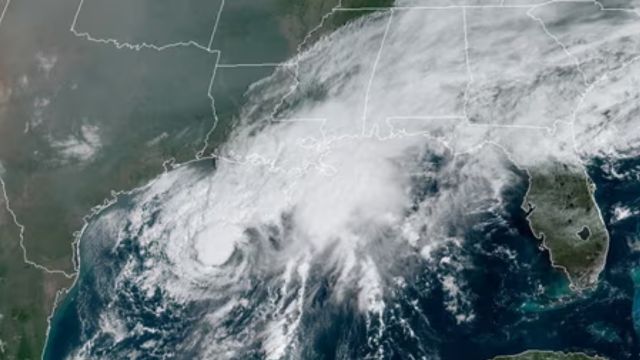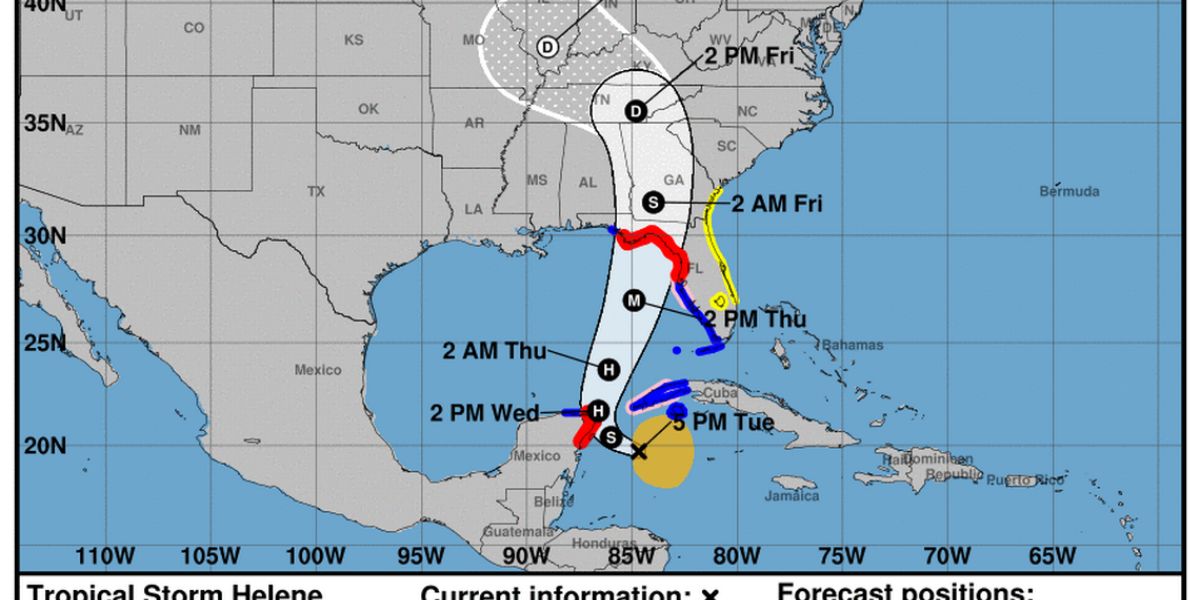As a fast-moving cold front moves across the Ohio Valley on Monday, some areas are preparing for rain and the possibility of severe weather to begin Easter week.
From Monday through early Tuesday, cities in Ohio, Indiana, Kentucky, Pennsylvania, and West Virginia are at increased danger of severe weather.
Over 28 million people in the area are at risk of severe thunderstorms on Monday, according to NOAA’s Storm Prediction Center (SPC).
But according to the SPC’s 5-point severe thunderstorm danger scale, almost 9 million people from Kentucky to Pennsylvania were at Level 2 risk.
Cities in the risk zone include Lexington, Kentucky; Charleston, West Virginia; Pittsburgh, Pennsylvania; and Columbus and Cincinnati, Ohio.
Although tornadoes are a possibility, forecasters warn destructive winds and huge hail will be the main risks.
Any thunderstorm that forms has the potential to create periods of intense rainfall and frequent cloud-to-ground lightning in addition to those severe weather hazards.
Localized totals of one to two inches of precipitation are still likely, but the front is predicted to pass swiftly, limiting overall accumulations.
The heightened risk of rain coincides with the fact that several rivers in the area are already overflowing, and some—such as those along the Ohio and Kentucky rivers—are still feeling the effects of recent flooding.
The Ohio River in Cincinnati rose more than 60 feet, the greatest level since at least 2018. To safeguard low-lying regions, floodgates were activated and riverside parks and roads were temporarily closed.
In Princeton, Indiana, further to the west, cleanup work is still ongoing after an EF-1 tornado made landfall on Thursday.
Numerous homes were destroyed by the storm, and the area is currently expecting more storms and rains, which might make rehabilitation more difficult.
The weather pattern for the rest of the holiday week is still unpredictable after the cold front has passed.
Additional weak frontal boundaries may reach the area, according to some computer forecast models, but they are not currently anticipated to produce widespread rainfall because of a lack of moisture and instability.
For the majority of the week, temperatures in the Ohio Valley are predicted to be below normal.
Highs in many places will be several degrees below seasonal averages, even though mid-April usually sees highs in the mid- to upper 60s.
Source: NY Post




